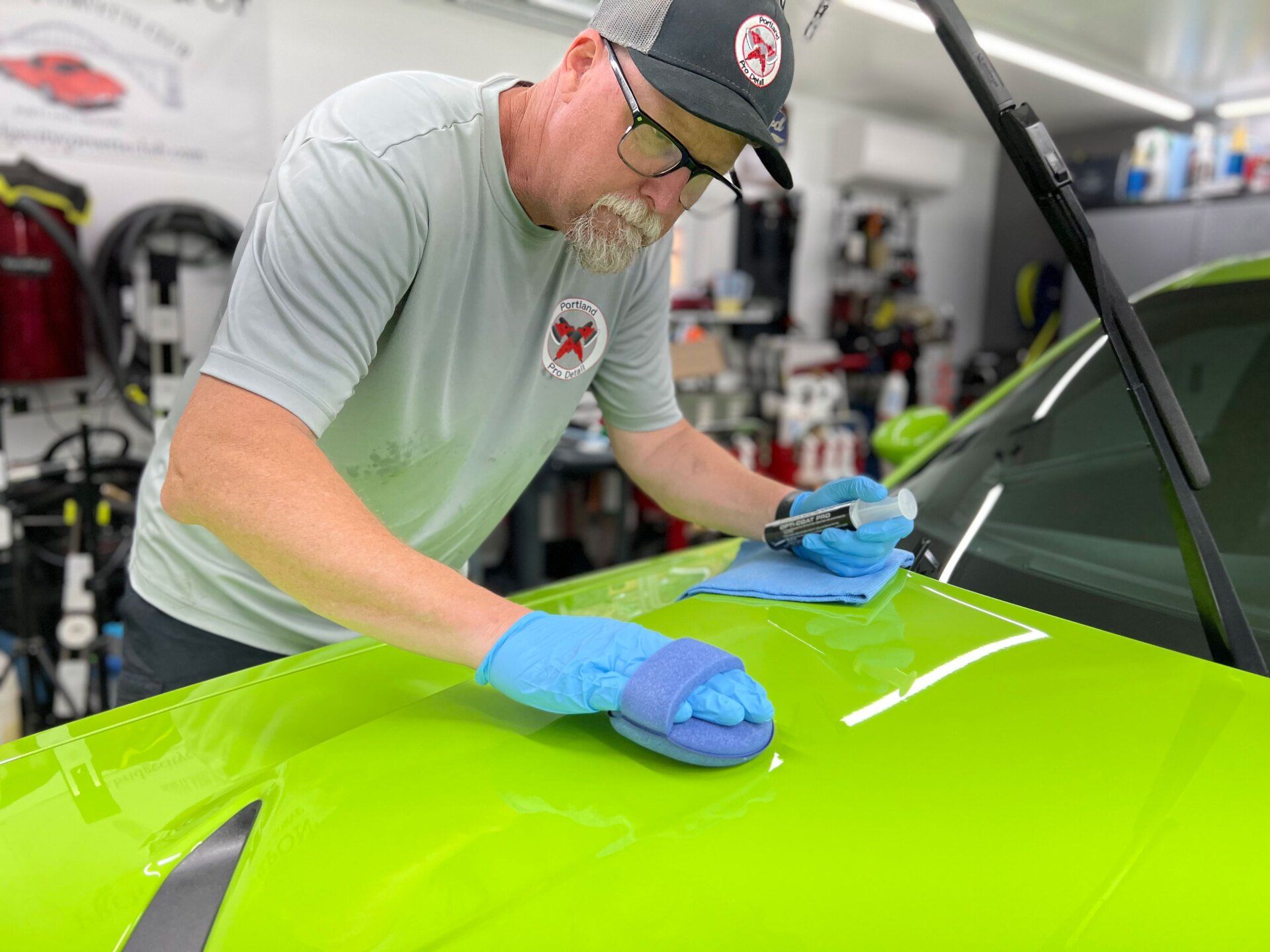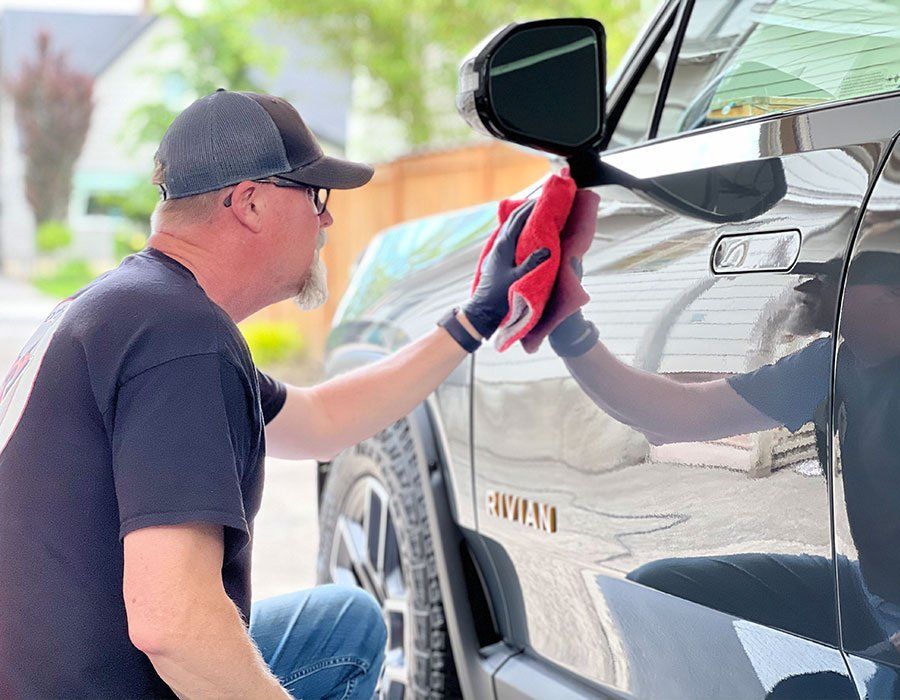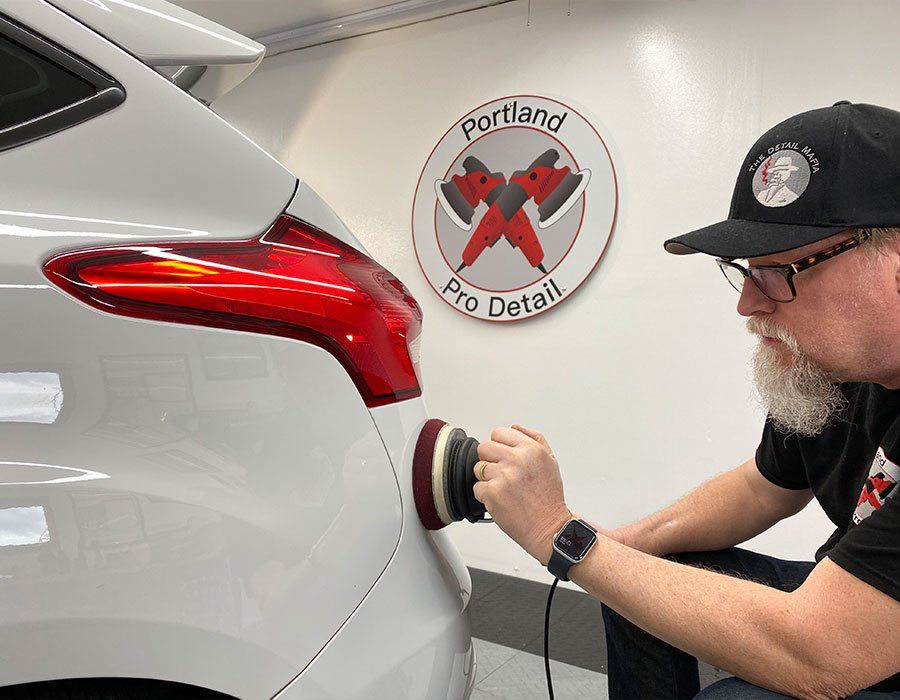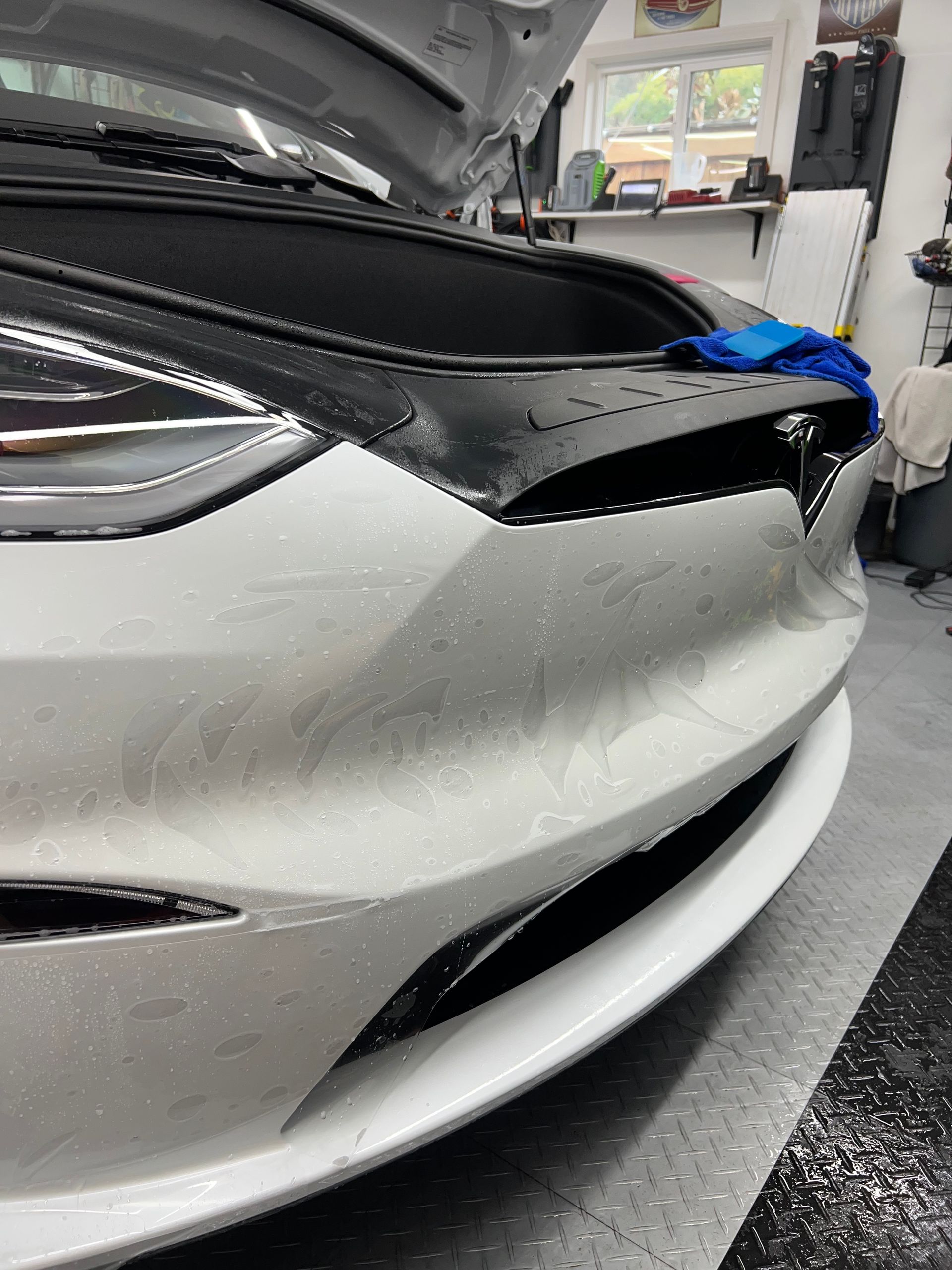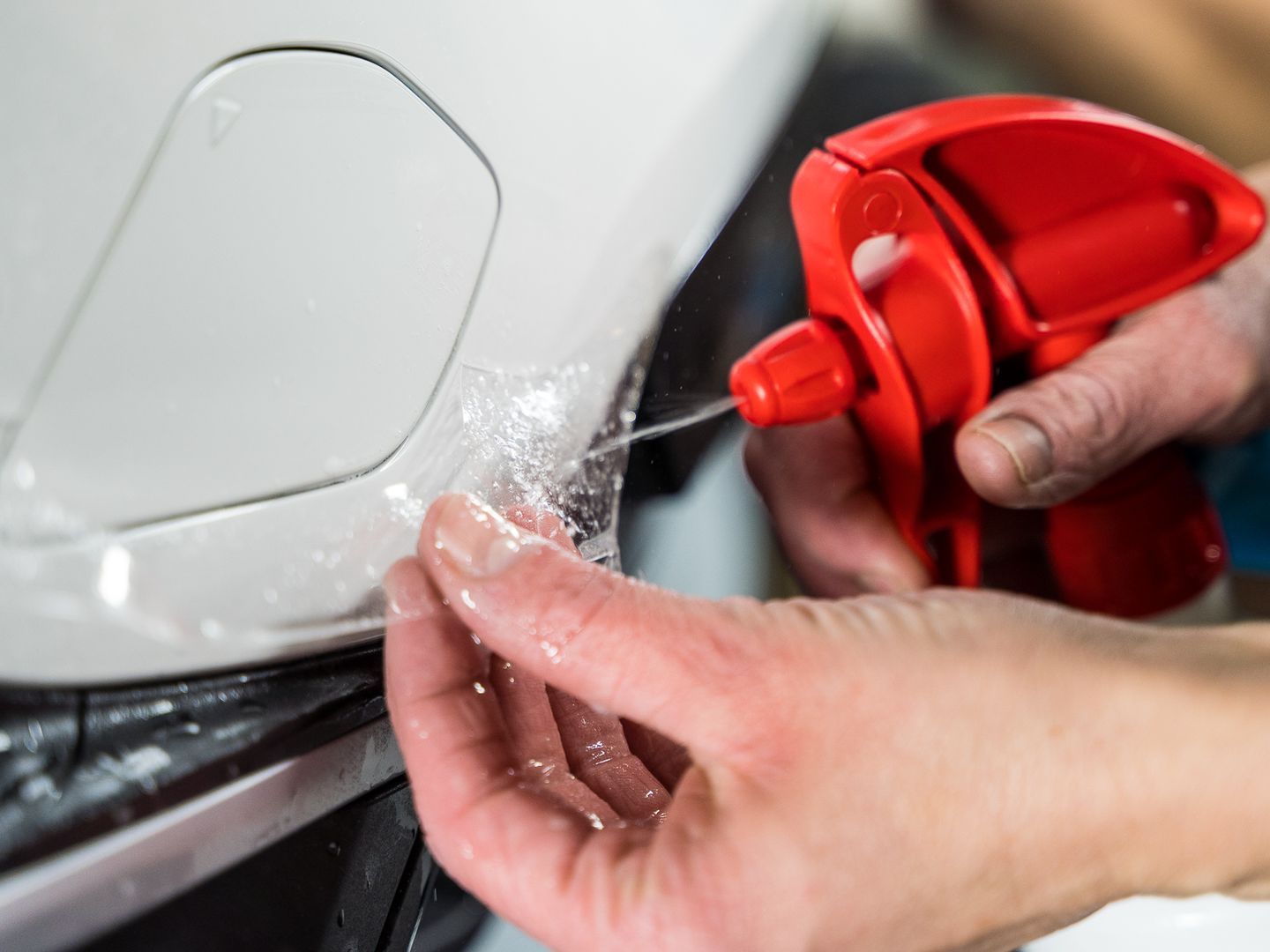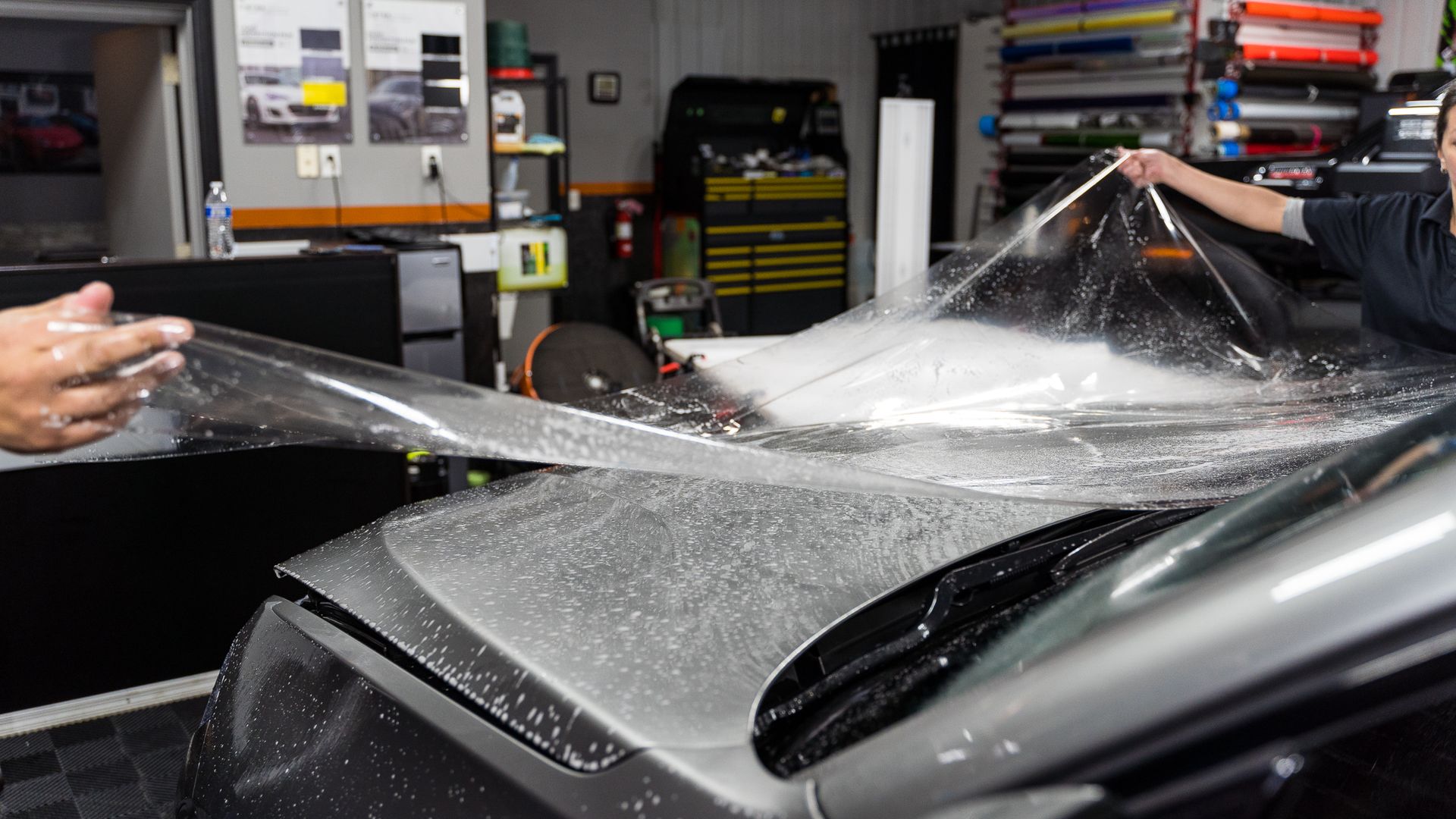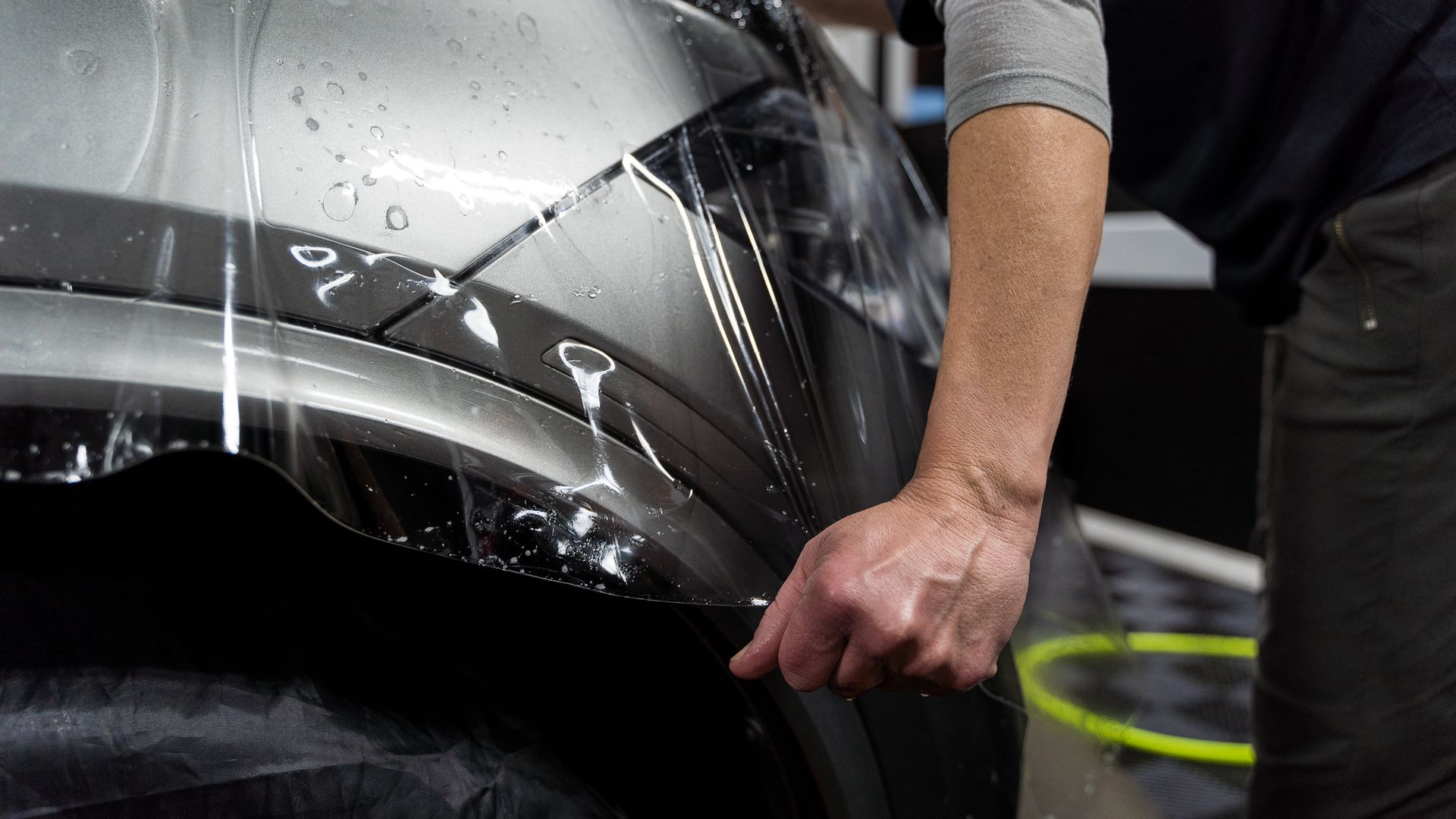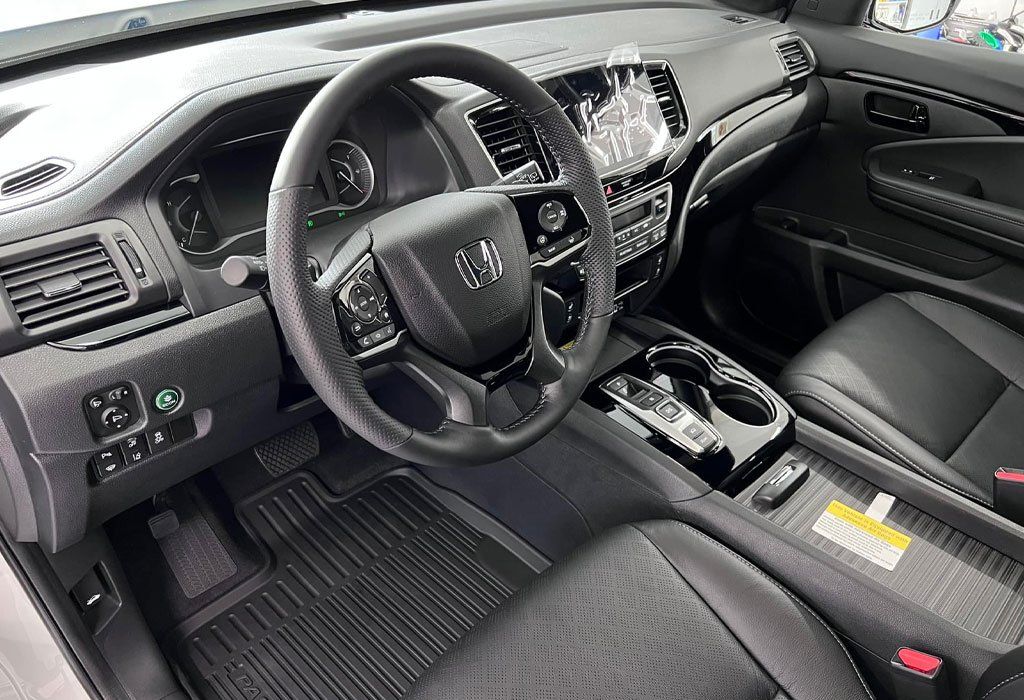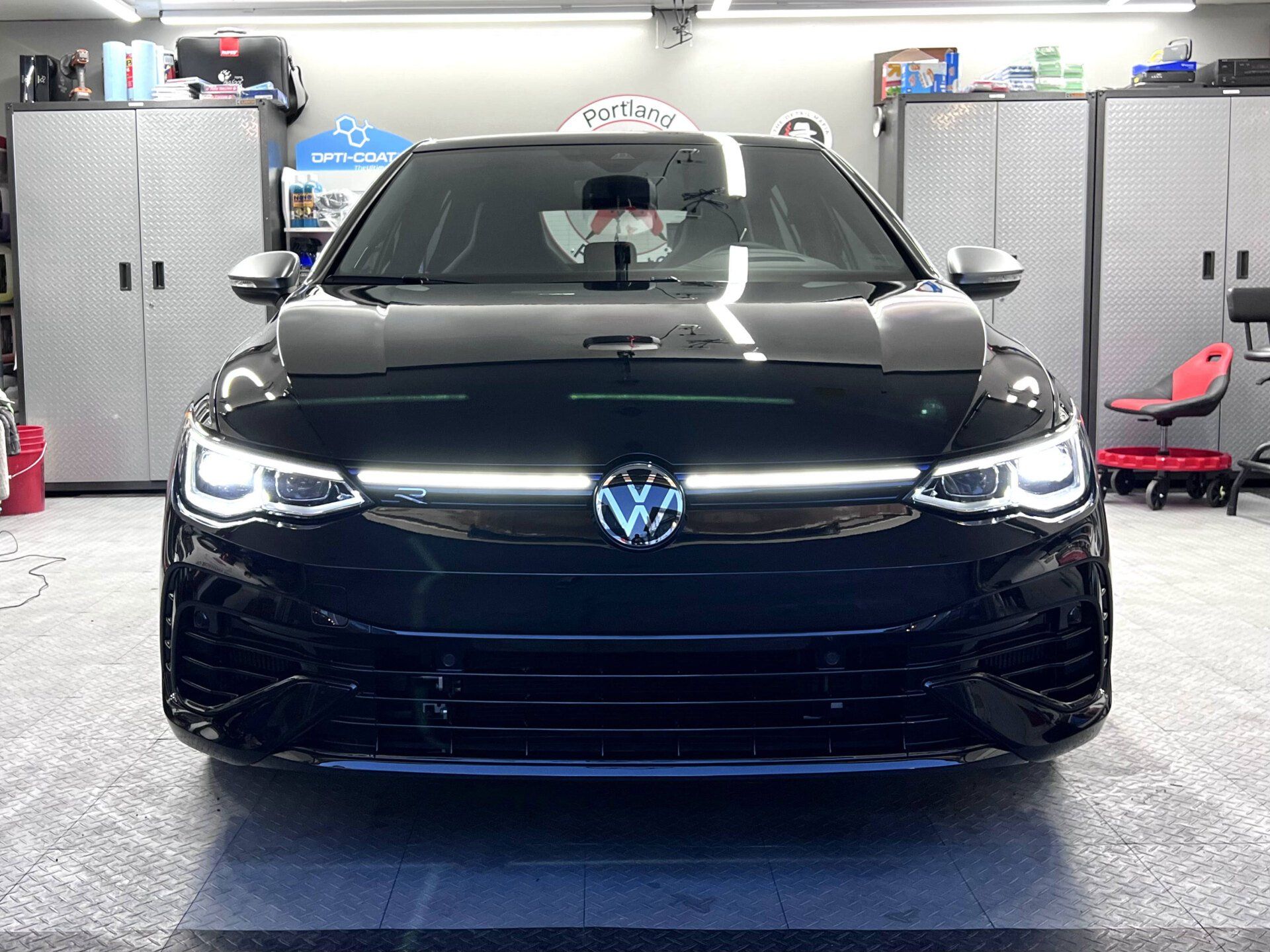Signs Your PPF Is No Longer Providing Optimal Protection for Your Car
CALL (503) 444-7415
Maintaining the pristine look of your car often comes down to one critical factor: the effectiveness of your paint protection film. As someone who enjoys attending car shows and keeping up with automotive trends, you know how vital it is to spot early signs of paint protection film deterioration before it's too late. Routine inspection becomes key in ensuring your vehicle remains shielded from the harsh elements. Noticing visible issues like scratches that don’t wash off or changes in texture under good lighting can make all the difference.
Key signs that your paint protection film may no longer be providing optimal protection include visible scratches or damage, yellowing or discoloration of the film, bubbling or peeling edges, loss of clarity and shine, and difficulty in cleaning the surface. If you notice any of these issues, it may be time to consider replacing the paint protection film to ensure your vehicle's paint remains well protected.
Recognizing Deterioration in Your Paint Protection Film
To effectively spot issues with your paint protection film, it’s best to establish a routine inspection process. This allows you to become intimately familiar with how well the paint protection film protects your vehicle and aids you in catching early signs of wear and tear. A good starting point is to inspect all accessible areas of the film, particularly those that experience significant exposure, such as the front and side panels that face road debris and environmental hazards.
The beauty of such inspections lies in the details. When conditions permit, conduct these checks in bright light; it enhances your ability to identify subtle changes that might signify deeper issues beneath the surface. Look for inconsistencies in both color and texture, as these can indicate deterioration. An area that has begun to fade or feels rougher than surrounding sections could mean the film is losing its protective capabilities.
Tips for Effective Inspections
- Use Your Senses: Engage not just your eyes but also your hands. Run your fingers along the film’s surface to detect any raised edges or bubbling.
- Be Thorough: Don’t rush; methodically inspect every inch of the film. Even small scratches or imperfections can compromise the overall protection.
- Check Surrounding Areas Too: Sometimes, damage can affect neighboring sections of paint underneath or alongside the film. Extend your inspection beyond just visibly covered areas.
With a structured approach to inspections in place, it becomes much easier to spot noticeable damage when it arises.
Bubbling and Peeling Indicators
Bubbling is more than just a cosmetic issue; it signifies deeper problems with your paint protection film. When air pockets become trapped under the film, they cause surface distortions that detract from its smooth appearance. On the other hand, peeling occurs when the adhesive fails to maintain a tight grip, allowing edges to lift and exposing the paint beneath to dirt and harmful elements. This dual phenomenon often begins at critical points like edges and corners. If not addressed promptly, it can escalate into larger patches of compromised protection.
Causes of Bubbling and Peeling
So, what causes these unsightly disturbances? While poor installation might be an obvious culprit, even applications performed by skilled professionals can suffer due to environmental repercussions or aging. For instance, excessive heat—especially in temperatures above 90°F—can inflate the risk of bubbling. Similarly, prolonged moisture exposure can drastically increase the likelihood of peeling, with studies suggesting a staggering rise in incidents within just one year. Understanding these contributing factors will empower you to take preemptive measures and ensure your paint protection film’s longevity.
To mitigate these risks, it’s vital to conduct regular inspections. A thorough examination every few months enables you to identify early warning signs of bubbling or peeling. If you notice small bubbles forming or peeling edges, act swiftly by consulting professionals who specialize in paint protection film services for advice on repair or replacement options. Timely reapplication of film may also be necessary if you encounter signs of wear; this simple step is crucial in preserving both aesthetics and effectiveness. Investing time in understanding your PPF’s condition—not just visually inspecting it but also being proactive about maintenance—will ultimately save you significant repair costs down the line.
Discoloration and Yellowing Signs
Discoloration is a telltale sign that your paint protection film may no longer be providing the protection it once did. Over time, prolonged exposure to UV rays and environmental pollutants can cause the film to take on a yellowish hue, transforming its initial pristine appearance into something considerably less appealing. This isn't merely an aesthetic issue; it serves as a warning that the protective qualities of the film might be compromised.
Impacts of Discoloration
Many car owners have experienced the disheartening moment when they notice their beloved vehicle losing its youthful gleam due to yellowing paint protection film. This dullness is more than just cosmetic; it can indicate that key protective layers in the film are wearing down. For instance, car enthusiasts often share stories about how their once-clear paint protection film, after too much exposure to sunlight or harsh weather conditions, turned an unsightly hue. This example highlights a critical point: when the UV protectant layer of the PPF begins to fail, not only does it lose its clarity, but it also allows harmful elements like dirt, water, and scratches to reach the paint underneath it. The integrity of your vehicle’s exterior becomes jeopardized, making it vulnerable to damage from road debris and adverse weather conditions.
Practical Implications
Keeping a close eye on your paint protection film's color should become part of your regular vehicle maintenance routine. When yellowing occurs, it's advisable not just to consider a replacement but also to reflect on what could have caused this premature degradation. Perhaps there were fewer washes, or maybe exposure to excessive sunlight was unavoidable. Recognizing these patterns allows you to make better choices moving forward.
Loss of Gloss and Clarity
A new and properly cared-for paint protection film should appear almost invisible, gleaming with the same shine as your vehicle’s original paint. This brilliance not only enhances the car's appearance but also signifies that the film is effectively doing its job—providing a barrier against scratches, dirt, and environmental damage. However, when this gloss begins to fade or becomes cloudy, it serves as a clear indication that the paint protection film’s protective qualities are deteriorating.
It's essential to recognize that an unhealthy decline in gloss can lead to more than just an unattractive finish—it can expose your car's paint to potential harm from UV rays and contaminants. When you notice a matte or hazy texture instead of the usual reflective surface, it's a sign that the film is no longer performing optimally. This loss of clarity can be attributed to several factors: age, prolonged exposure to harsh weather conditions, and even improper cleaning techniques that might dull the surface over time. Regular inspections performed by professionals can help catch these issues early on, preventing further degradation.
Importance of Monitoring Gloss Levels
One practical method for monitoring gloss levels is using a gloss meter, which provides a numeric value indicating how shiny your paint protection film is. For instance, a new paint protection film typically scores between 90 and 95 on this scale. When the gloss level drops below 80, it's advisable to be concerned; below 70 indicates a significant loss of clarity and protection. Relying on visual cues alone may not be sufficient since changes can happen gradually, making regular checks essential. Maintaining high gloss levels is vital for aesthetics and protective efficiency; it's part of safeguarding your investment.
Action Steps to Maintain Gloss and Clarity
Addressing gloss loss isn’t solely about recognizing the issue; it involves taking proactive steps. To keep your paint protection film looking its best, gently wash it frequently using pH-balanced shampoos. After washing, consider applying a dedicated paint protection film conditioner or sealant designed specifically for this purpose. These products can enhance shine while providing an additional layer of protection against UV rays. Avoid using harsh chemicals or abrasive materials during cleaning sessions since they can erode the film's surface. Always opt for microfiber cloths or mitts that are soft enough not to cause harm yet effective in capturing dirt and grime. By incorporating these practices into your routine maintenance schedule, you're actively prolonging the life of the paint protection film itself while preserving your vehicle's resale value.
Difficulty Cleaning the Protected Surface
When cleaning your car becomes a chore instead of an effortless task, it raises a significant red flag regarding your paint protection film. One of the great benefits of high-quality paint protection film is its hydrophobic nature. You should be able to simply rinse off dirt and grime without much effort. If you find yourself scrubbing vigorously or using aggressive cleaning agents just to remove light debris, it indicates that something is amiss with the film. The moment you notice that water beads up less effectively on the surface or, worse yet, dirt seems to adhere more stubbornly than before, these are signs that your paint protection film might be losing its effectiveness. A properly functioning film should repel water and other contaminants, allowing for easy maintenance.
However, if elements like UV exposure or environmental pollutants have taken their toll, this can lead to a decline in performance. It’s crucial to recognize that repeated cleaning struggles indicate wear and potential damage, which can further compromise not only aesthetics but also the protective features of the film. In addition to the hydrophobic failure, pay attention to how quickly and easily the surface dries after washing. If you notice that it appears damp longer than usual, it could suggest that the paint protection film is no longer providing adequate protection. This sluggish drying can foster conditions suitable for mold or mildew growth, especially in damp environments or during inclement weather.
Cleaning Issues as Indicators
Consider that degradation in a paint protection film often manifests through diminished shine and clarity as well. As dirt bonds to the surface rather than sliding off effortlessly, it hints at underlying issues with structural integrity. Damaged or old paint protection film tends to lose its smooth finish, making foul-weather debris stick more readily. Addressing these cleaning challenges promptly ensures that you catch any failing paint protection film before it requires costly solutions to replace affected paintwork later down the line. Recognizing these signs early allows you to maintain your vehicle's appearance and protect your investment effectively. By being vigilant about your paint protection film's condition, you can make informed decisions about repairs or replacements when necessary.
Top Paint Protection Film Service in Portland, OR
Protect your vehicle with Portland Pro Detail's paint protection film service in Portland, OR. Our paint protection film offers superior defense against chips, scratches, and environmental damage, preserving your car’s finish for the long haul. Using advanced technology and precision installation, we ensure a seamless application that guards your paint without compromising its original shine. Trust our expert team to keep your vehicle looking flawless—contact Portland Pro Detail today to schedule your PPF service! Call us at (503) 444-7415 to get started!

